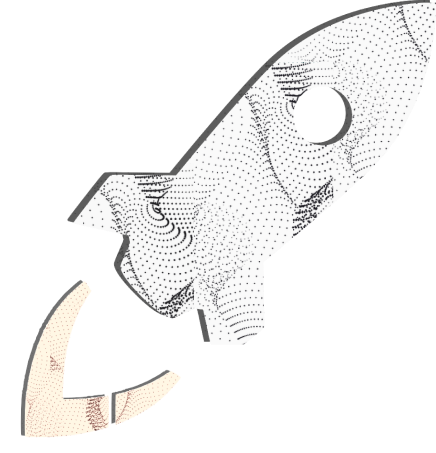Optimizing product placements in print flyers to maximize revenue
We combined a convolutional neural network with a custom region proposal network that provides key insights on how to maximize revenue with flyer layout, with a double-digit return expected within the first two years.


The Client
A large retailer catering to homeowners, tradesmen, and general contractors. The company stocks well over 150,000 products which are sold in-store and online.
The company issues weekly and special event flyers to stimulate demand for particular items it sells. The flyers are specific to local markets. Promoting product in a flyer has proven to positively impact sales of that product during several weeks following the flyer’s release.
The Challenge
The client wants to optimize product placements in its flyers to ensure maximum revenue impact. Optimizing product placement in a flyer means deciding how much space to allocate to a particular product ad on a page, on what page to place the ad and where, as well as the time of the year when the ad should be placed in the flyer.
At the moment, the client has no information on how ad placement in a flyer affects sales of a particular item, and having this information is necessary for achieving the client’s objective.
The available data includes images of weekly and special events flyers for several years and the SKU numbers of products currently sold by the client. There is no information on what products were advertised in a particular flyer at the time. It was necessary to recognize images of products advertised in each flyer, determine the corresponding SKUs, determine the space occupied by the ad, the page and the place on the page where the ad was located. Because of the non-uniform nature of backgrounds in a flyer, and ‘noisy imagery’, segmenting an image, and identifying the specific product is a non-trivial problem.
The Solution
We proposed the development of a region convolutional neural network (R-CNN) that combines image recognition with text recognition. This model would then be combined with text to recognize product SKU information to determine the amount of space a particular product occupies on a page. Augmenting the R-CNN with text meta-data should allow for the creation of attention mechanisms which key on text in the flyers, and use dynamic bounding to recognize matching product images within the general proximity of the text.
IP Generated
A custom neural network, R-CNN, was developed to create a specialized product image recognition model with a focus on pose and background invariance (identifies an object from any viewing angle regardless of background).
Benefits & ROI
Crater Labs’ solution provides the client with insights necessary to design flyers for maximum revenue and, specifically, with the information on how much space a product occupies in a flyer, where the product’s ad was placed, and when it was placed. It allows the client to correlate sales of each product to its advertising in flyers. The client expects double-digit return on its investment in this project, with a payback period of less than 2 years.
Subscribe
Sign up with your email address to receive news and updates
More Moonshots Worth Celebrating
Improving tracking & forecasting for Canada’s leading billing software solution
We built a proprietary anomaly detection and billing model that improved accuracy by 3 percentage points, unlocking millions of dollars in savings for our client’s customers.
Read More
Eliminating foreign accent bias with video recorded interviews
We used deep learning to improve job applicant videos for an online recruiter, deciphering foreign accents and eliminating bias in the process.
Read More
Automating document review with 98% accuracy
We used Natural Language Processing (NLP) to automate the internal review of RFPs, RFIs and security questionnaires, reducing time and costs associated with the process.
Read More



